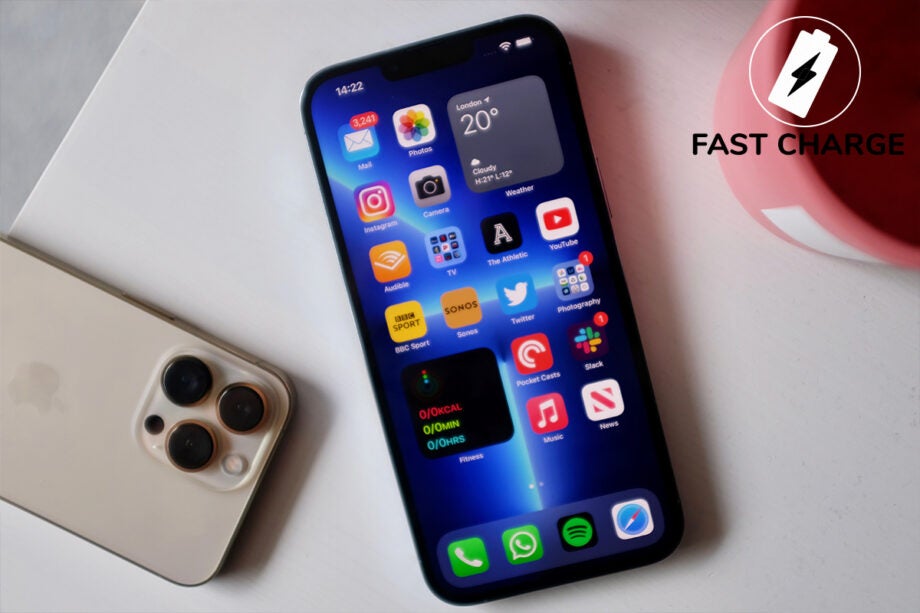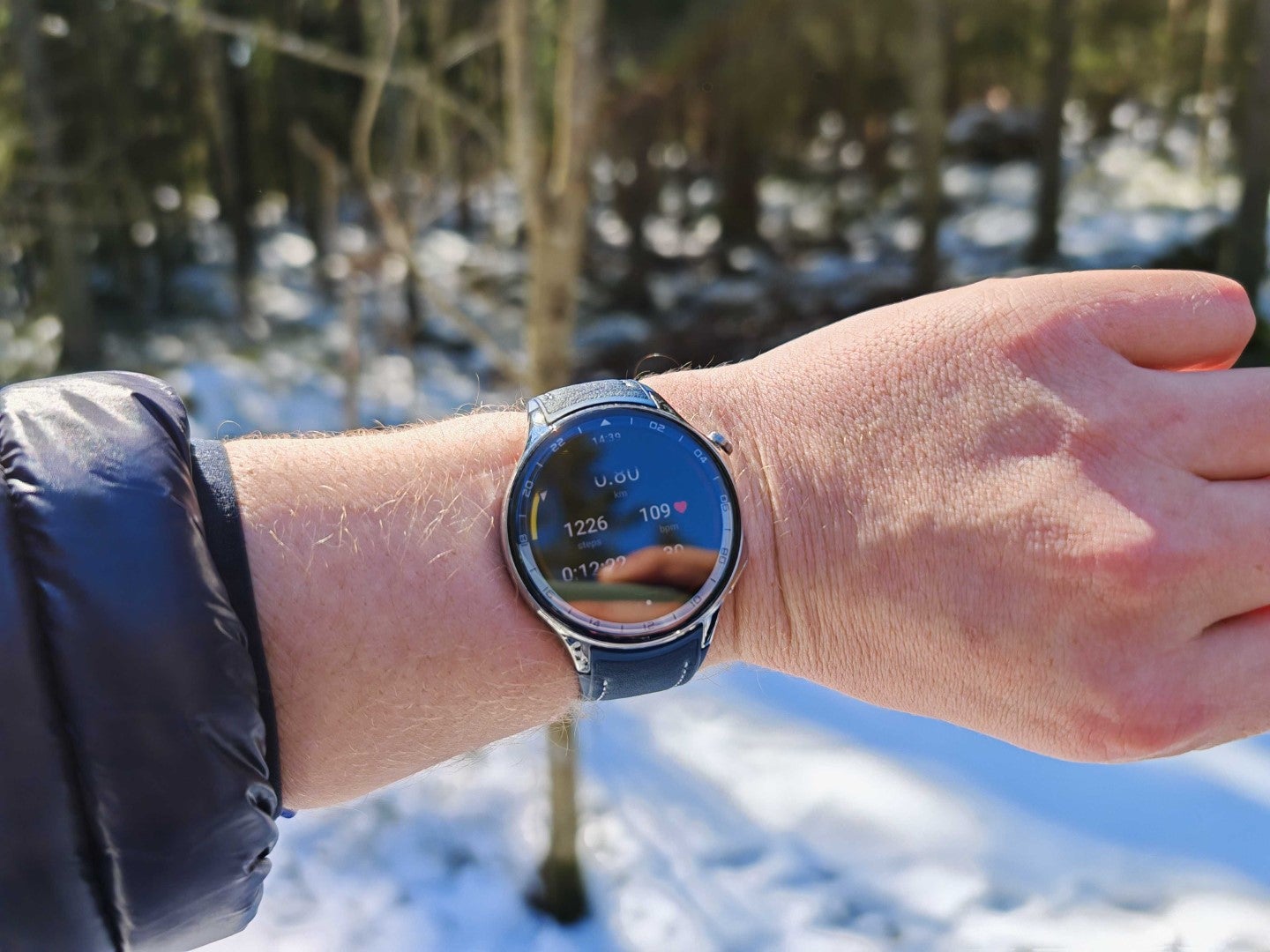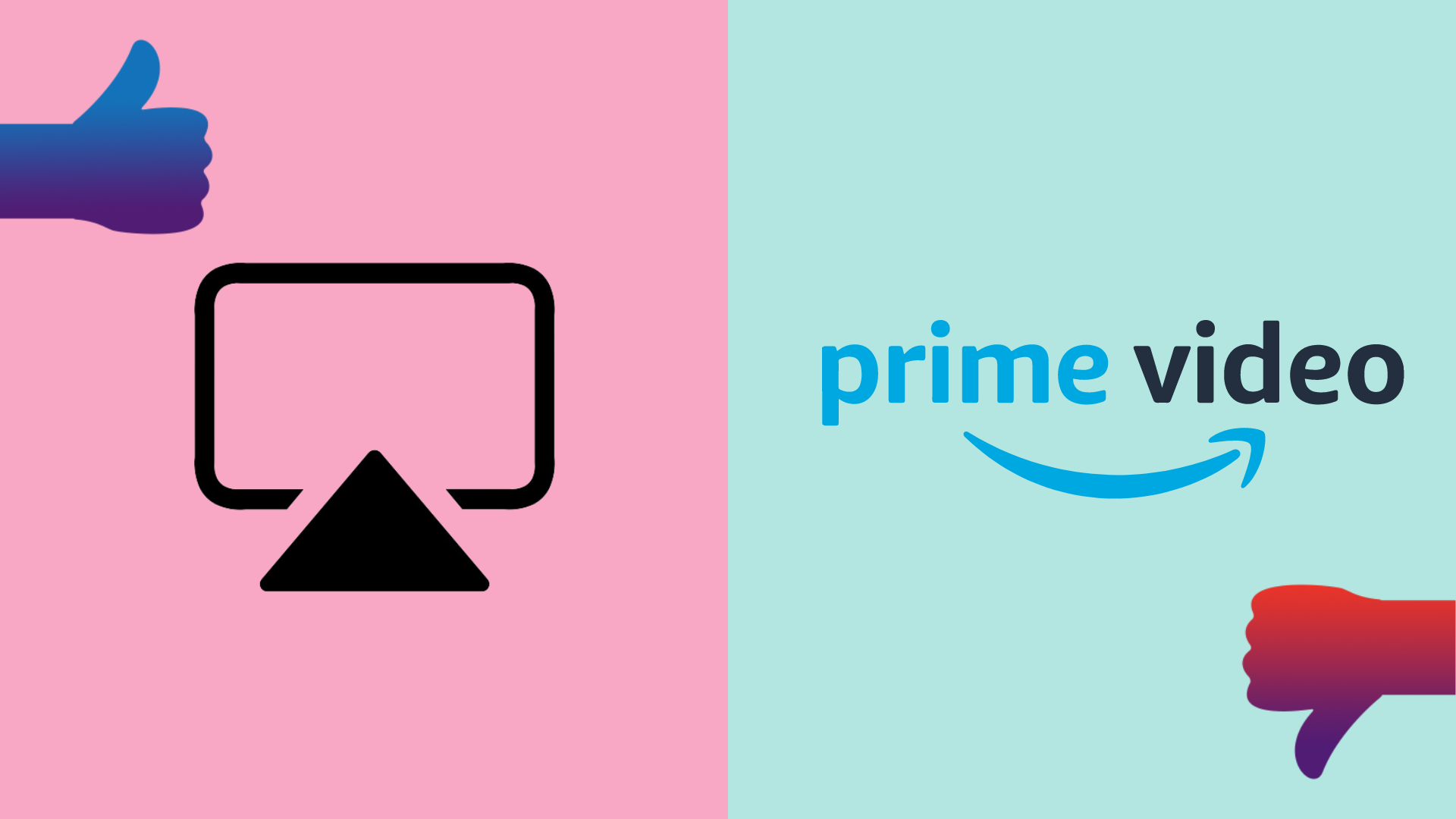Fast Charge: Curved-screen phones are flat out wrong

OPINION: I’ve had enough of curved smartphones screens, which offer downsides but no added utility. Isn’t it time that all smartphones had flat screens?
Android manufacturers have, as usual, started the year in style with the release of a bucketful of flagship phones. However, there’s one trend in common with most of these pricey devices that I’d like to see die out, and that’s the curved screen.
If you’ve had the good fortune never to own such a handset, then let me explain; a curved screen is one that does not lay completely flat, as the screens on most electronic devices do, but instead laps slightly over the corners on the right and left hand sides, so that a small sliver of the display peeks out on each edge.
We’ve seen this style come back in numbers this year, including the Samsung S22 Ultra, the Oppo Find X5 Pro, and the OnePlus 10 Pro. But although these devices have blown us away with some of their other features, from photography to sheer performance power and more, this is one aspect that I’ve found to be a drawback.
The most obvious problem is that such a screen may register accidental touches as you brush the sides with your hands, meaning you you might tap on things that you don’t want to. That’s a very irritating occurrence, though it fortunately just happens rarely.
More importantly, I find that content I’m watching can sometimes feel slightly distorted due to the overlapping display, whereas on a flat screen it is always front-on, as we’re used to with most devices, especially as in some cases the curvature is so dramatic that you cannot see both edges at once from the same perspective.
There’s also an argument to be made about robustness. While the latest versions of Gorilla Glass have truly done wonders for modern handsets, which are far less likely to have shattered screens than those of a few years ago, I can’t help but think that a phone is more likely to survive impact if its metal sides hit the ground rather than the curved glass edge of a screen, which seems particularly more vulnerable to cracking.
So on the other hand, given that there are such inconveniences, what real advantages does a curved screen bring that could justify the downsides? Well, it makes the display appear a little larger. And frankly, there’s not much more to it than that, besides the subjective qualities of whether or not you prefer the appearance. In these days of phones with near-7-inch screens, I really don’t feel in such dire need of an additional millimetre or two so as to detract from the screen’s basic function with these curves around the edges. It simply does not seem to be worth the bother.
There have been some novelties introduced alongside a few handsets with curved screens, such as the Huawei Mate 30 Pro which had no physical volume controls but instead allowed you to double tap on the curved and edge slide the volume up or down; but this at least was more complicated that the “old-fashioned” way, and we’re still waiting for a truly ingenious way of using that slight extra real estate that a curved screen affords the user.
I understand the superficial allure of a display that curves slightly around the sides, most especially at the time where manufacturers were scoring points over each other about which handset had the higher screen-to-body ratio. But now that we’ve gone through a few years of this experiment, it seems that very little utility has been added to the idea, and instead there are several disadvantages to the design. I consider it to be no coincidence that Apple, the brand that so often pioneers excellent ergonomics, has never gone down this misguided route with its products, even with the latest iPhone 13 range.
Therefore, I think we can say these days that rounded screen edges are actually behind the curve; when the next generation of Android handsets is unveiled, I am fervently hoping that the future will be flat.








